Welcome to our special feature on the best secluded places in Europe for 2024. In today’s fast-paced world, finding a quiet retreat where you can unwind and enjoy nature without the crowds has become more precious than ever. Whether you’re dreaming of hidden villages, isolated beaches, or private spots deep within the woods, Europe offers a myriad of destinations where seclusion is still a reality. This guide will introduce you to 15 such breathtaking locales across the continent, perfect for those seeking peace and a taste of undisturbed beauty.
Our journey takes us from the rugged highlands of Scotland to the tranquil olive groves of Portugal, encompassing a variety of landscapes that promise not only seclusion but also a profound connection with nature. Each destination has been carefully selected not just for its lack of crowds, but also for its unique charm and the quality of experience it offers. Whether you’re an adventurer eager to explore hidden trails or someone looking to relax in a quiet village café, our list of secluded places in Europe in 2024 caters to all tastes and desires. Prepare to discover your perfect escape, where the hustle of modern life fades into the serene rhythms of nature.
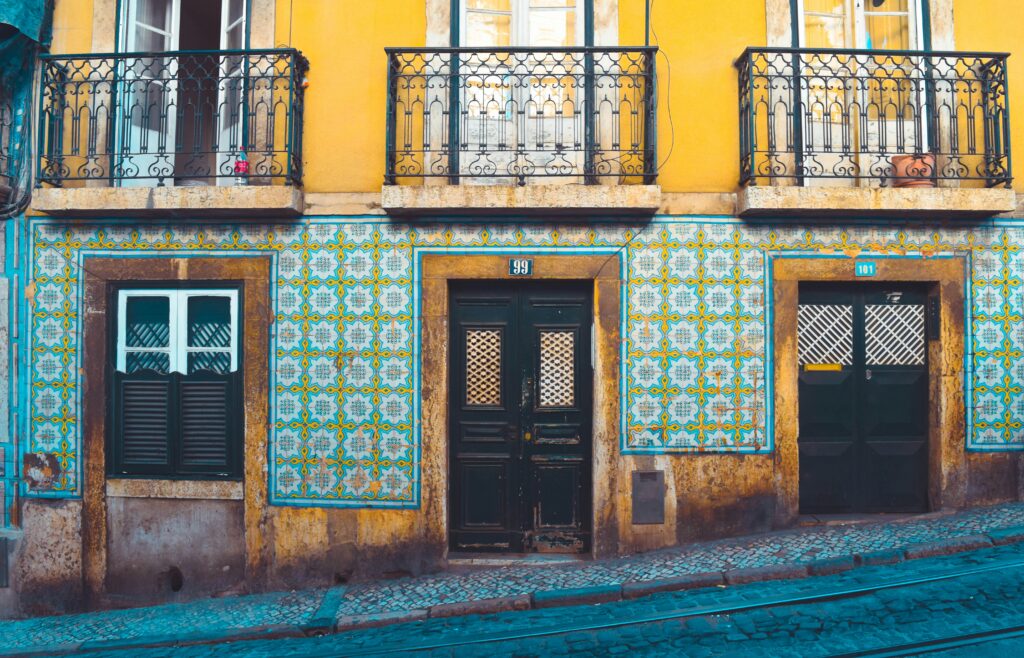
1. Alvoco da Serra, Portugal
Tucked away in the Serra da Estrela mountains, Alvoco da Serra is one of the most secluded places in Europe, offering tranquility and stunning natural beauty. This small village boasts charming stone houses and narrow streets, enveloped by lush forests and clear mountain streams. Visitors can explore numerous hiking trails, enjoy local cheese and olive oil, and experience the slow-paced life that defines rural Portugal. In winter, the nearby slopes offer skiing, while summer brings cool relief from the coastal heat. Alvoco da Serra is a hidden gem for those looking to escape the tourist trails and immerse themselves in authentic Portuguese culture. The village also serves as a gateway to the towering Torre, the highest point in mainland Portugal, providing breathtaking views that are well worth the climb. Birdwatchers and nature enthusiasts will find the surrounding landscapes a haven for diverse wildlife, including several endemic species. Whether you’re capturing sunrise over the mountains or enjoying a quiet afternoon by a babbling brook, Alvoco da Serra provides a serene backdrop for relaxation and nature activities.

2. Kastellorizo, Greece
Kastellorizo stands out as one of the most secluded places in Europe, situated at the easternmost point of Greece. This tiny, colorful island offers spectacular views of the Mediterranean and is accessible only by boat or small plane, adding to its exclusivity. The harbor is lined with neoclassical mansions, reflecting its rich history, while the crystal-clear waters are ideal for swimming and snorkeling. The island’s laid-back atmosphere is perfect for relaxation, with local tavernas serving fresh seafood. Visiting the Blue Cave, with its electric-blue waters, is a must-do for anyone venturing to this remote paradise. Additionally, the island’s paths lead to secluded spots perfect for watching the sunrise or sunset, making it a dream destination for those seeking peace and natural beauty.

3. Isle of Jura, Scotland
The Isle of Jura is one of Scotland’s most idyllic and secluded places in Europe. Known for its wild landscapes and small population, Jura is the place to find solitude amidst raw nature. The island features dramatic coastlines, towering mountains known as Paps, and an abundance of wildlife including deer and golden eagles. Whisky enthusiasts can visit the Jura distillery for a taste of local single malt. With few roads and even fewer inhabitants, Jura offers a true escape from the hustle and bustle of modern life. This remote island provides perfect opportunities for long walks, where the only sounds are the wind, waves, and calls of wild birds, creating a profoundly peaceful environment for visitors. Whether you’re trekking across its peaty moors or kayaking along its rugged shoreline, Jura envelops you in its enchanting tranquility, making it a top choice for anyone seeking a secluded retreat in Europe.
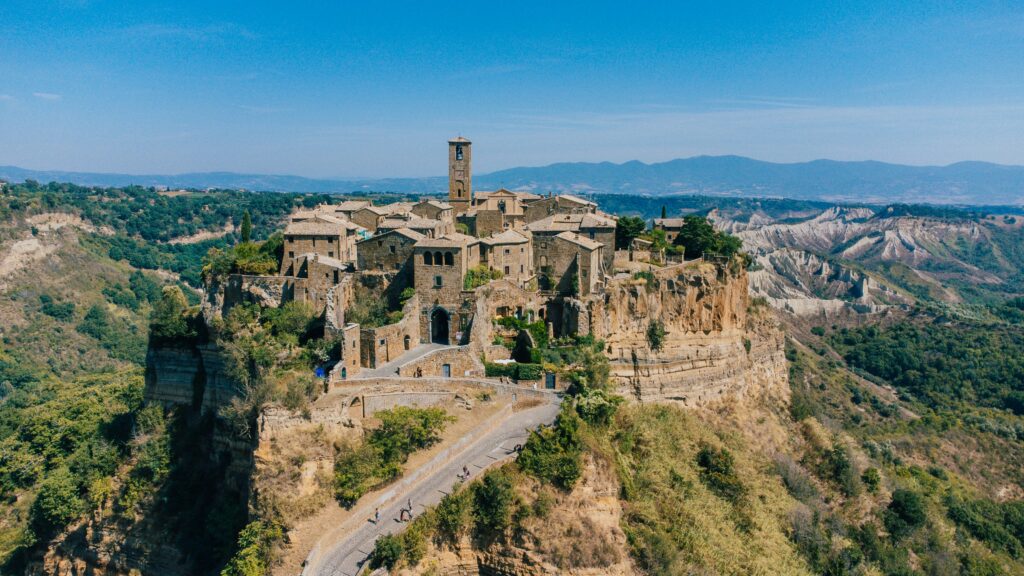
4. Civita di Bagnoregio, Italy
Civita di Bagnoregio, known as ‘the dying city,’ is a striking example of secluded places in Europe. Perched atop a hill accessible only by a footbridge, this medieval village in central Italy faces erosion, preserving its ancient beauty and serene atmosphere. The town’s architecture, with its crumbling facades and quaint streets, transports visitors back in time. Local cuisine highlights the region’s culinary traditions, making it a hidden gastronomic haven. Its isolation and unique geological setting make Civita di Bagnoregio a must-visit for those seeking tranquility and historical intrigue. Exploring its narrow alleyways and hidden corners feels like stepping into a fairy tale, where time stands still and the outside world fades away. From admiring its panoramic views to savoring traditional dishes made with locally sourced ingredients, Civita di Bagnoregio offers a glimpse into a bygone era, making it a truly unforgettable destination in Europe.
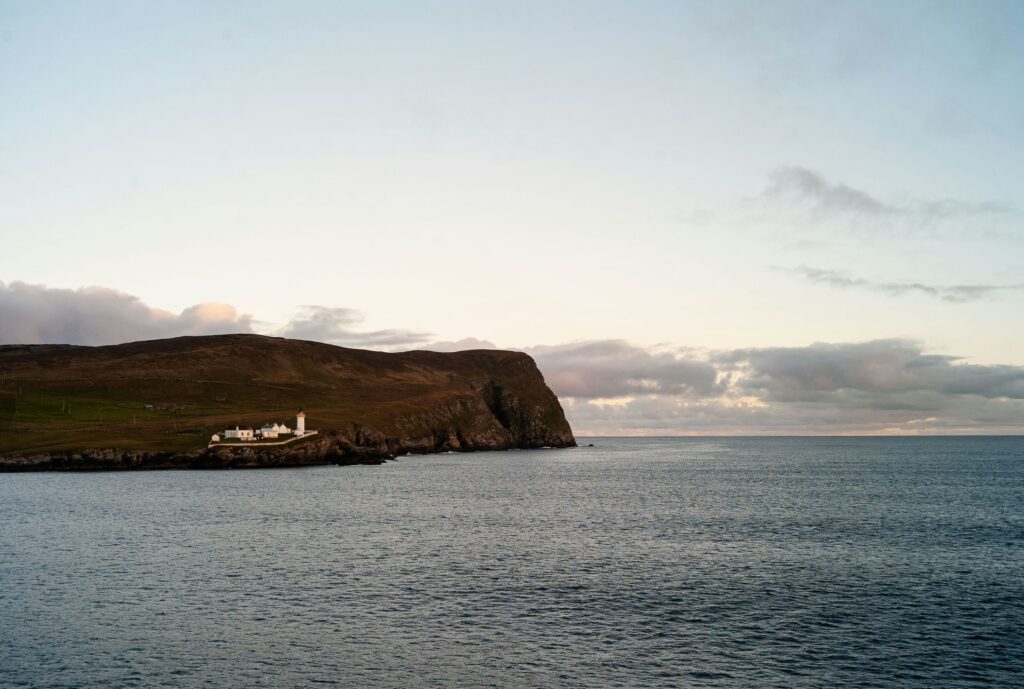
5. Foula, Shetland Islands
Foula in the Shetland Islands is one of the most remote and secluded places in Europe, often referred to as one of the British Isles’ last wilderness areas. With a tiny population and accessible only by occasional ferry or small aircraft, Foula offers breathtaking cliffs, rare bird colonies, and a landscape that feels almost prehistoric. The islanders maintain a traditional lifestyle, with Norse and Gaelic influences evident in their daily lives. Foula’s dramatic natural scenery provides a perfect backdrop for a peaceful retreat far from any semblance of city noise. Visitors can hike along rugged coastal paths, spotting puffins and other seabirds nesting on the cliffs, or explore the island’s rich history, with ruins dating back to the Iron Age. Foula’s isolation offers a rare opportunity to disconnect from the modern world and reconnect with nature, making it a haven for photographers, birdwatchers, and anyone seeking solitude amidst stunning landscapes.
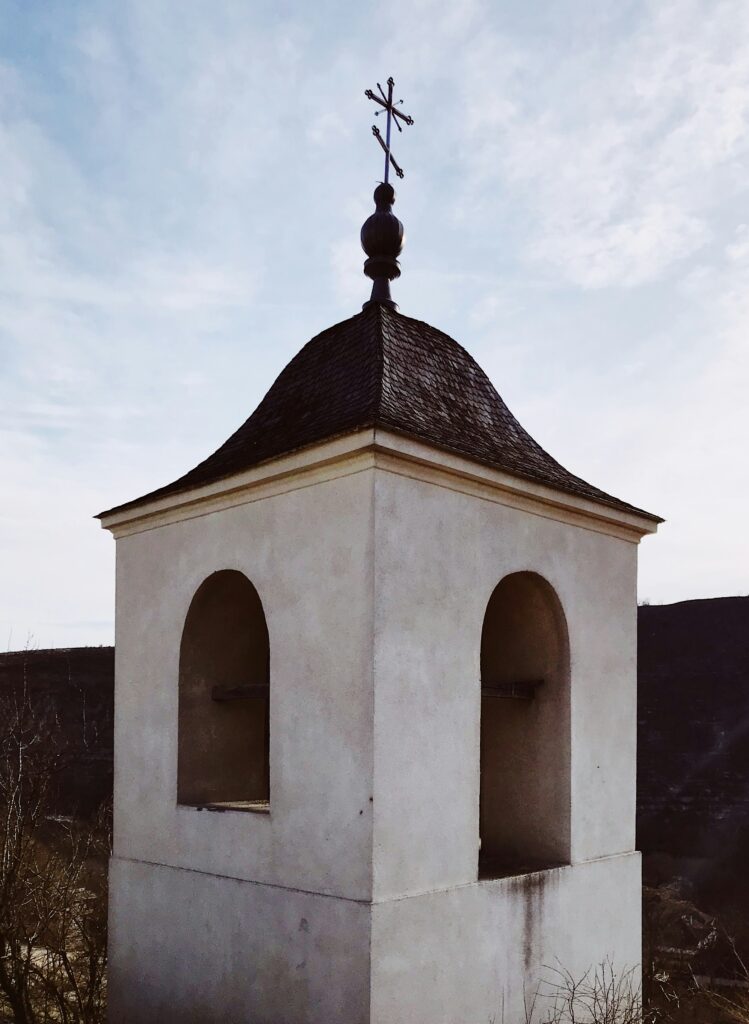
6. Orheiul Vechi, Moldova
Orheiul Vechi, a historical and archaeological complex, is one of Moldova’s most enchanting secluded places in Europe. Located in a remote river bend, it features ancient monasteries dug into cliff sides and pastoral landscapes that have changed little over centuries. The site offers insights into Moldova’s diverse cultural heritage, including Dacian, Mongol, and Orthodox influences. Visitors can explore cave monasteries, traditional villages, and enjoy local Moldovan wine, making Orheiul Vechi a unique blend of history and natural beauty. The tranquility of the surrounding countryside adds to the allure, with rolling hills and meandering rivers inviting leisurely walks and contemplation. Whether you’re delving into the region’s rich history or simply soaking in the serene atmosphere, Orheiul Vechi promises a memorable journey into Moldova’s hidden treasures.
Additionally, the region’s gastronomy is a treat for food enthusiasts, with hearty traditional dishes like mamaliga (cornmeal porridge) and placinte (filled pastries) showcasing the flavors of Moldovan cuisine. Local artisans also offer handmade crafts and souvenirs, providing a glimpse into the vibrant cultural traditions of the area. Whether you’re exploring the ancient ruins or indulging in local delicacies, Orheiul Vechi offers a multifaceted experience that appeals to history buffs, nature lovers, and gastronomes alike.
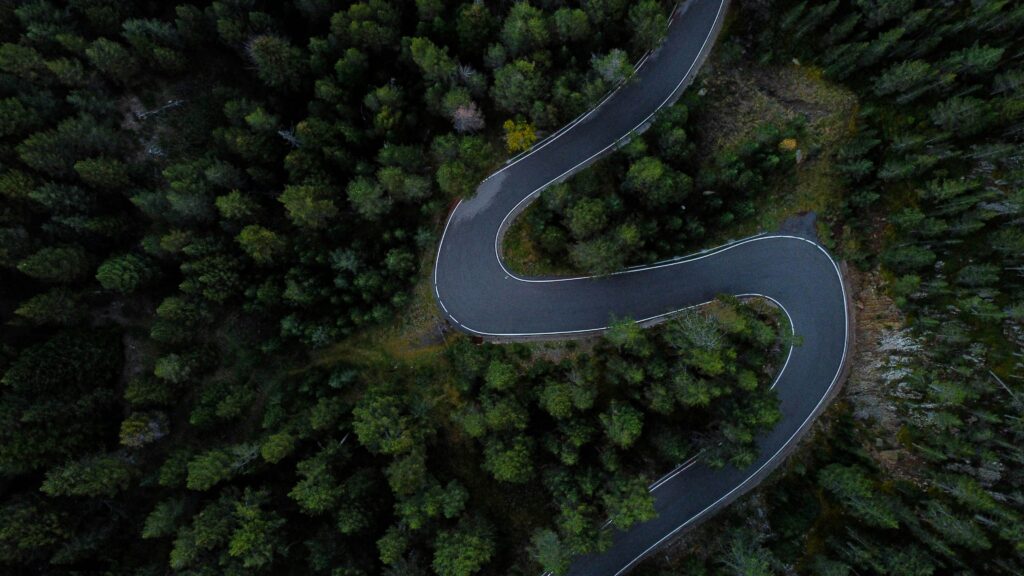
7. Pyrenees, Andorra
Nestled between France and Spain, Andorra’s Pyrenees are among the top secluded places in Europe for nature lovers and adventurers alike. This small principality offers vast forests, high mountain peaks, and secluded valleys, perfect for hiking, skiing, and soaking in natural hot springs. Despite its size, Andorra boasts some of the best-preserved Romanesque architecture in Europe, adding a cultural layer to its natural splendor. The solitude and beauty of the Pyrenees make Andorra a prime destination for those seeking both adventure and isolation.
Exploring the Pyrenees reveals a wealth of outdoor activities, from adrenaline-pumping mountain biking trails to tranquil lakeside picnics. In winter, the principality transforms into a snowy wonderland, with world-class ski resorts offering slopes for all levels of expertise. Additionally, Andorra’s network of hiking trails leads to hidden gems like the Vall de Sorteny Nature Reserve, home to diverse flora and fauna. For those interested in cultural immersion, the villages dotting the Pyrenees provide glimpses into Andorra’s rich history and traditional way of life. Whether you’re scaling mountain peaks or exploring medieval churches, the Pyrenees of Andorra offer a secluded paradise ripe for exploration and discovery.
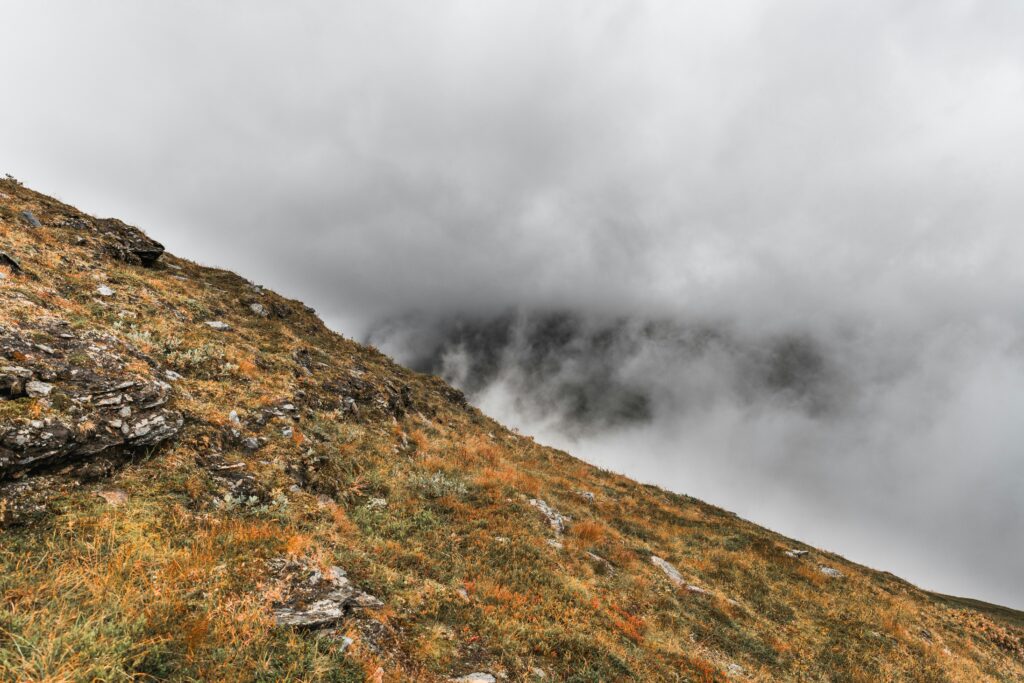
8. Sarek National Park, Sweden
Sarek National Park in northern Sweden is a pristine wilderness area, often highlighted as one of the most secluded places in Europe. Known for its rugged terrain, the park is home to over 100 glaciers and some of Sweden’s highest peaks. The area is largely untouched by modern infrastructure, offering a true back-to-nature experience for seasoned hikers and nature enthusiasts. The diverse wildlife, including moose and brown bears, and the chance to see the northern lights, make Sarek an exceptional choice for a secluded getaway.
Exploring Sarek National Park is a true adventure, with a network of hiking trails leading through remote valleys and alpine landscapes. Trekking through the park allows visitors to experience the raw beauty of Sweden’s Arctic wilderness, from roaring waterfalls to tranquil lakes reflecting towering mountain peaks. Additionally, the park’s strict conservation measures ensure that its pristine ecosystems remain protected, providing a sanctuary for rare plant and animal species. For those seeking solitude and immersion in nature, camping under the starlit skies of Sarek offers an unparalleled wilderness experience. Whether you’re embarking on a multi-day trek or simply enjoying a day hike, Sarek National Park promises unforgettable encounters with Sweden’s untamed landscapes.
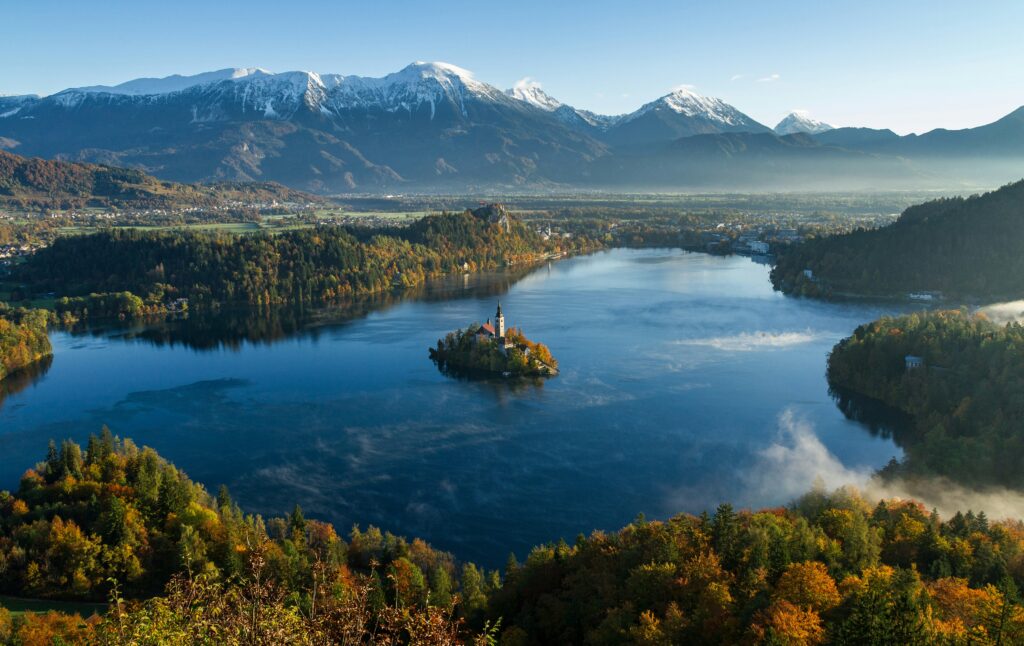
9. Vipava Valley, Slovenia
The Vipava Valley is a serene escape and one of the best secluded places in Europe, known for its unique wind patterns and excellent winemaking. The valley’s microclimate supports a variety of grapes, making it a haven for wine enthusiasts looking for off-the-beaten-path vineyards. The area is also great for paragliding, hiking, and exploring small medieval towns that dot the landscape. With its rich history and lush scenery, the Vipava Valley offers a quiet, cultured retreat from the usual tourist spots.
Exploring the Vipava Valley unveils a tapestry of vineyards, orchards, and picturesque villages, each offering a glimpse into Slovenia’s rich cultural heritage. Visitors can embark on wine tasting tours, sampling local varietals like Zelen and Pinela, while enjoying panoramic views of the valley’s rolling hills. Outdoor enthusiasts can take advantage of the valley’s diverse landscapes, from gentle riverside strolls to challenging mountain hikes in the nearby Nanos Range. The valley’s proximity to the Adriatic Sea also makes it an ideal base for day trips to the Slovenian coast, where pristine beaches and historic seaside towns await. Whether you’re savoring local delicacies at a family-run agritourism farm or marveling at the valley’s natural beauty from a hot air balloon, the Vipava Valley promises an unforgettable escape into Slovenia’s hidden treasures.
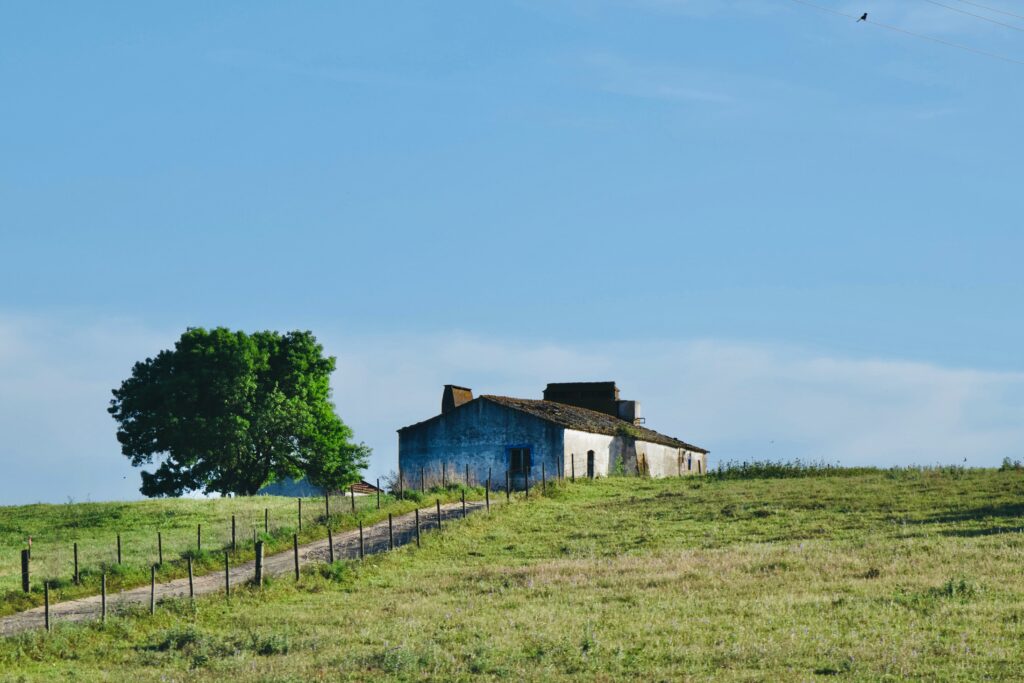
10. Alentejo, Portugal
The Alentejo region stretches from the Spanish border to the Atlantic Ocean and is one of Portugal’s most peaceful and secluded places in Europe. Known for its rolling hills, olive groves, and fortified towns, Alentejo offers a taste of traditional Portuguese life at a slower pace. The region’s wide-open spaces are perfect for cycling, birdwatching, and stargazing, free from the light pollution of larger cities. Visitors can delve into the rich tapestry of history and indulge in Alentejo’s acclaimed cuisine, particularly its bread, cheese, and wine.
Exploring Alentejo reveals a landscape steeped in history, with ancient castles, Roman ruins, and charming whitewashed villages dotting the countryside. Travelers can wander through cork oak forests, visit traditional pottery workshops, and sample regional delicacies at local markets. The region’s wineries offer wine tastings amidst scenic vineyards, allowing visitors to savor the flavors of Alentejo’s renowned reds and whites. For those seeking relaxation, Alentejo’s Atlantic coastline boasts pristine beaches and tranquil coves, perfect for swimming, sunbathing, and enjoying fresh seafood by the sea. Whether you’re exploring historic towns like Évora or simply soaking in the natural beauty of the countryside, Alentejo promises a peaceful retreat away from the hustle and bustle of modern life.
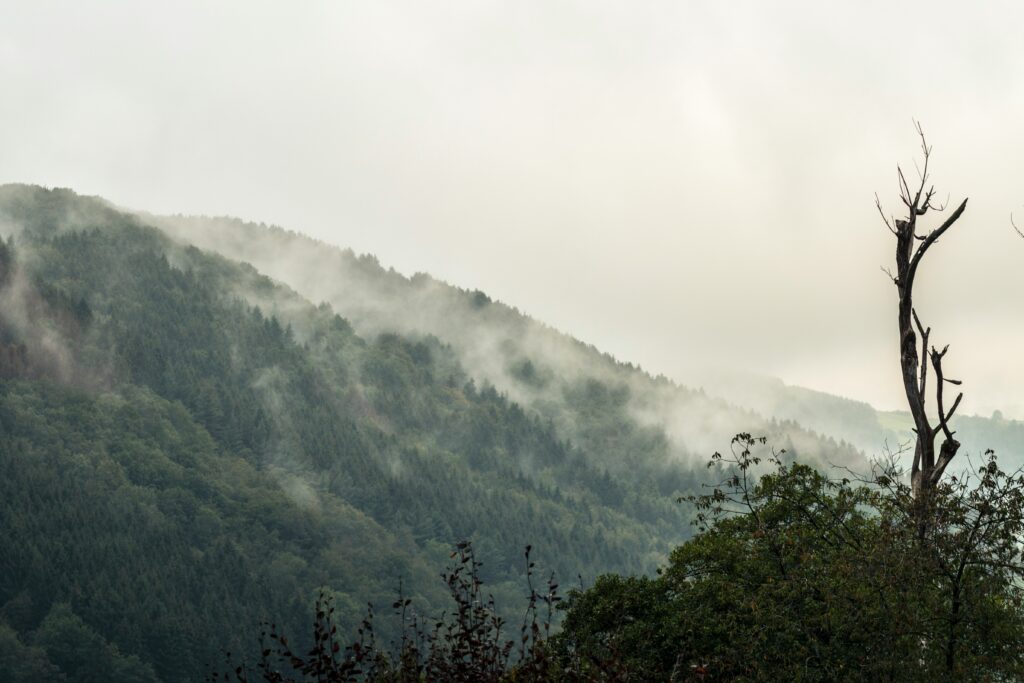
11. Ardennes, Belgium
The Ardennes, with its dense forests and hidden valleys, is considered one of the most secluded places in Europe. This rugged region is ideal for outdoor enthusiasts, with opportunities for kayaking, hiking, and exploring secluded castles. The area is steeped in history, notably during WWII, and offers a range of museums and memorials. The Ardennes is also famous for its game and traditional dishes, which can be enjoyed in cozy inns after a day of adventure.
Exploring the Ardennes offers a glimpse into Europe’s natural beauty and rich cultural heritage. Visitors can traverse scenic hiking trails, discovering picturesque waterfalls and ancient ruins hidden amidst the forested landscape. The region’s rivers and lakes provide opportunities for fishing, canoeing, and other water-based activities, while cycling enthusiasts can pedal along peaceful country lanes. History buffs will find plenty to explore, from the Bastogne War Museum to the remnants of medieval fortifications scattered throughout the region. After a day of exploration, travelers can unwind in charming village pubs, savoring hearty Belgian cuisine and locally brewed beers by the fireside. Whether you’re seeking adventure in the great outdoors or a journey through history, the Ardennes offers a secluded retreat where nature and heritage converge.
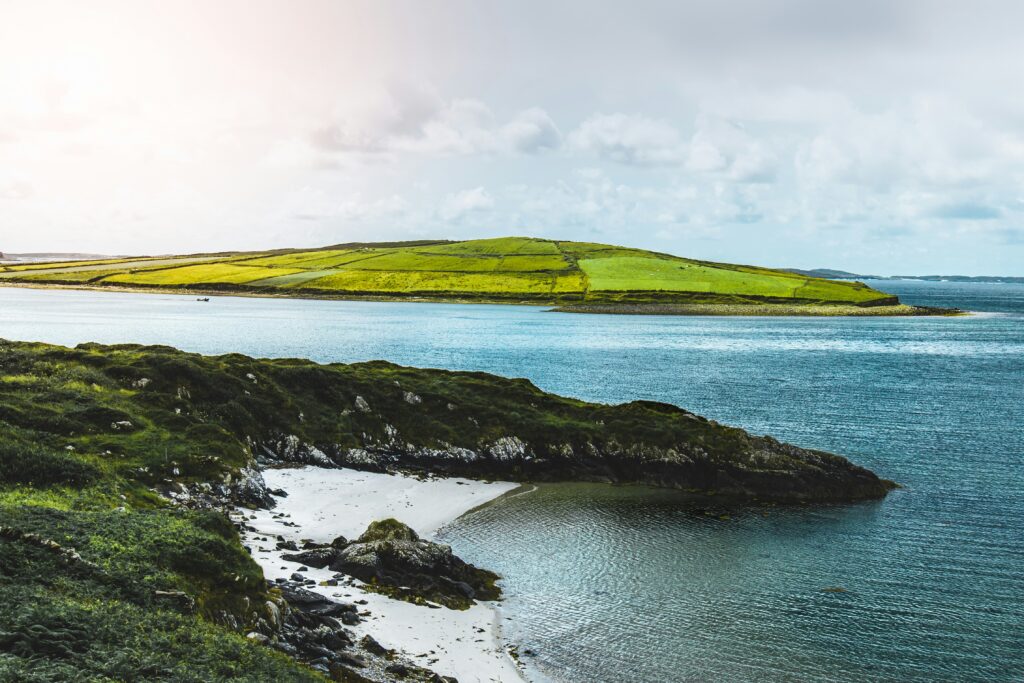
12. Connemara, Ireland
Connemara is renowned for its stark beauty and as one of the most secluded places in Europe. This wild region of County Galway is defined by rugged mountains, expansive bogs, and a rugged coastline. Visitors can explore traditional Irish culture, with Gaelic still spoken widely and traditional music a common fixture in pubs. Connemara National Park offers miles of trails, and the region is also home to the famous Connemara pony.
Exploring Connemara unveils a landscape shaped by wind and water, with dramatic cliffs, hidden lakes, and picturesque villages scattered throughout the countryside. Hikers can traverse the Twelve Bens mountain range, while cyclists can pedal along scenic coastal roads, taking in panoramic views of the Atlantic Ocean. Connemara’s rich cultural heritage is evident in its historic landmarks, such as Kylemore Abbey and the ruins of ancient monastic sites like Clonmacnoise. Wildlife enthusiasts will delight in the region’s diverse ecosystems, with opportunities to spot rare bird species and elusive otters along the shores of Connemara’s tranquil lakes. Whether immersing oneself in the local traditions of turf cutting and sheep farming or simply soaking in the breathtaking vistas of Ireland’s west coast, Connemara offers a secluded retreat that captivates the soul.

13. Tarn Gorges, France
The Tarn Gorges in southern France are not only breathtaking but also offer some of the most secluded places in Europe for river sports enthusiasts. The river cuts through high limestone cliffs, creating a spectacular setting for canoeing, kayaking, and rock climbing. The surrounding area features quaint villages and prehistoric sites, providing a perfect mix of adventure and culture.
Exploring the Tarn Gorges reveals a landscape shaped by millennia of geological forces, with towering cliffs and lush greenery framing the winding river below. Adventurous travelers can embark on guided canoe trips, navigating the gentle currents and admiring the dramatic rock formations that line the riverbanks. For those seeking a bird’s-eye view of the gorge, rock climbing opportunities abound, with routes suitable for climbers of all skill levels. Along the river, charming villages like Sainte-Énimie offer glimpses into traditional French life, with narrow cobblestone streets and historic churches to explore. History buffs will appreciate the region’s wealth of prehistoric sites, including the famous cave paintings of the nearby Causse Méjean plateau. Whether paddling through crystal-clear waters or marveling at ancient rock art, the Tarn Gorges offer a secluded retreat where adventure and natural beauty converge.

14. Carpathian Mountains, Romania
The Carpathian Mountains in Romania are a haven for wildlife and one of the last great wildernesses in Europe. This mountain range offers dense forests, alpine meadows, and miles of hiking trails that provide solace and solitude. Visitors can explore medieval castles, observe Europe’s largest population of brown bears, and experience the rich folklore that permeates the region.
Exploring the Carpathians immerses visitors in a landscape of rugged beauty and ecological diversity, with pristine forests home to wolves, lynx, and rare bird species. Hikers can trek through remote valleys and ascend to lofty peaks, enjoying panoramic views of the surrounding wilderness. Along the way, historic landmarks like Bran Castle, often associated with the legend of Dracula, offer glimpses into Romania’s storied past. Wildlife enthusiasts can embark on guided bear-watching tours, encountering these majestic creatures in their natural habitat. For those interested in cultural immersion, traditional villages dot the landscape, where locals preserve centuries-old customs and traditions. Whether seeking adventure in the great outdoors or delving into Romania’s rich cultural heritage, the Carpathian Mountains provide a secluded escape where nature and history intertwine.
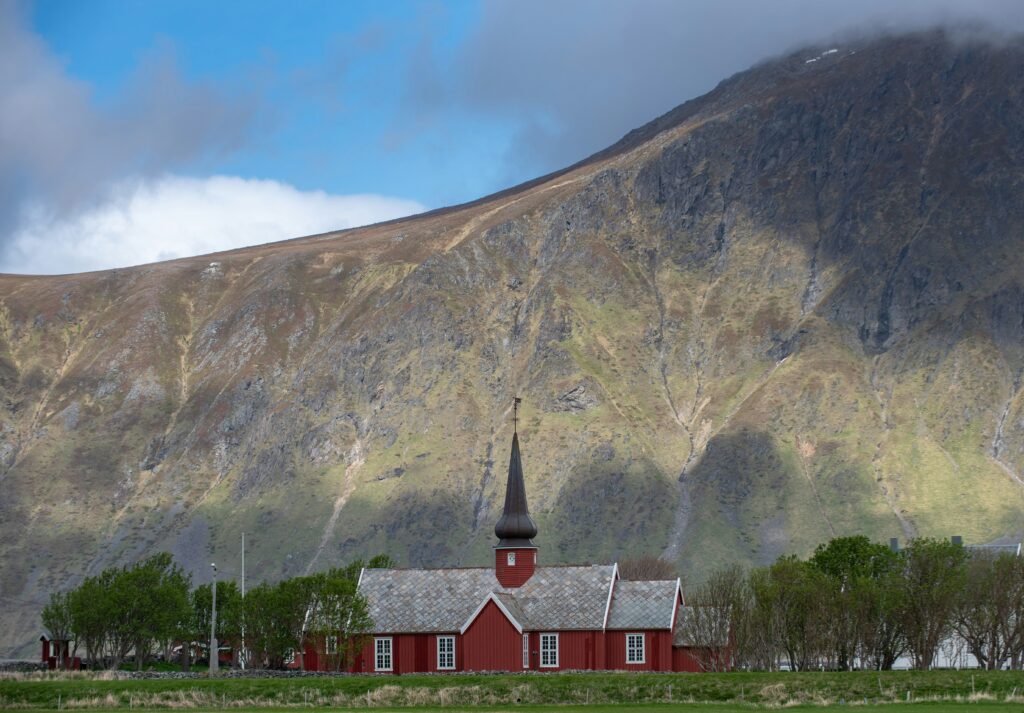
15. Lofoten Islands, Norway
The Lofoten Islands are known for their dramatic scenery and as one of the most secluded places in Europe. This Arctic archipelago offers towering mountains, deep fjords, and tiny fishing villages clinging to rocky coasts. The midnight sun and northern lights are natural spectacles here, making Lofoten a photographer’s paradise. Despite its increasing popularity, the area retains a feeling of untouched wilderness and isolation.
Exploring the Lofoten Islands reveals a landscape shaped by ancient glaciers and rugged geological formations, with picturesque villages tucked into sheltered coves. Outdoor enthusiasts can embark on epic hikes, scaling peaks like Reinebringen for breathtaking views of the surrounding islands and seascape. Kayakers can paddle through crystal-clear waters, exploring hidden bays and sea caves along the rugged coastline. For photographers, the ever-changing light conditions offer endless opportunities to capture the ethereal beauty of the Arctic landscape. In winter, the aurora borealis dances across the night sky, painting it with vibrant colors and adding to the region’s mystique. Whether seeking adventure or simply seeking solace in nature’s grandeur, the Lofoten Islands offer an unforgettable escape into the heart of Scandinavia’s wild beauty.
FAQ
Q1: What are some of the best secluded places in Europe for a quiet vacation?
A1: Europe is full of hidden gems where you can escape the crowds. Among the best secluded places in Europe are the Isle of Jura in Scotland for its wild landscapes, Civita di Bagnoregio in Italy for its medieval charm, and the Vipava Valley in Slovenia for its excellent wines and serene environment.
Q2: How can I find accommodations in these secluded places in Europe?
A2: Many secluded places in Europe offer a range of accommodations, from local guesthouses and B&Bs to boutique hotels and rental cottages. It’s best to book in advance, especially in the more remote areas, to ensure availability.
Q3: Are there any secluded places in Europe that are also good for families?
A3: Yes, several secluded places in Europe are great for families who enjoy the outdoors and want to avoid the typical tourist spots. The Alentejo region in Portugal and the Ardennes in Belgium, for example, offer activities suitable for all ages and interests.
Q4: What is the best time of year to visit these secluded places in Europe?
A4: The best time to visit secluded places in Europe varies by location. Southern regions like Alentejo are best in spring or fall to avoid the summer heat, while northern areas like the Lofoten Islands are ideal in summer for the midnight sun and winter for the northern lights.



